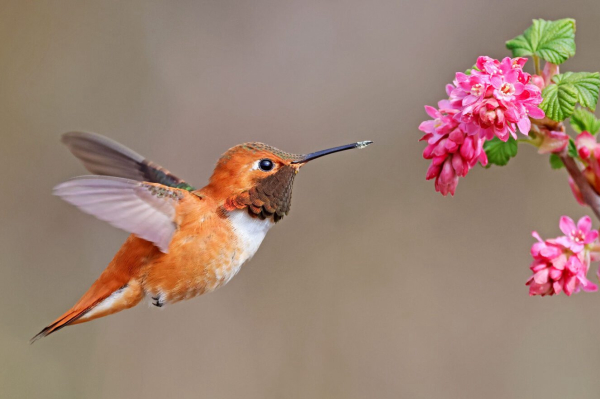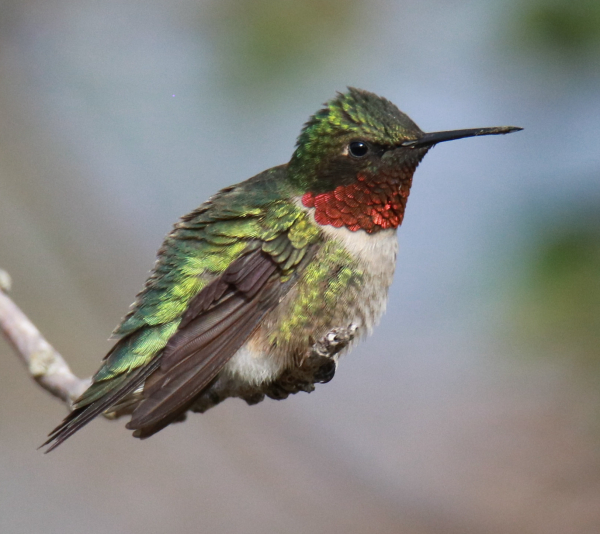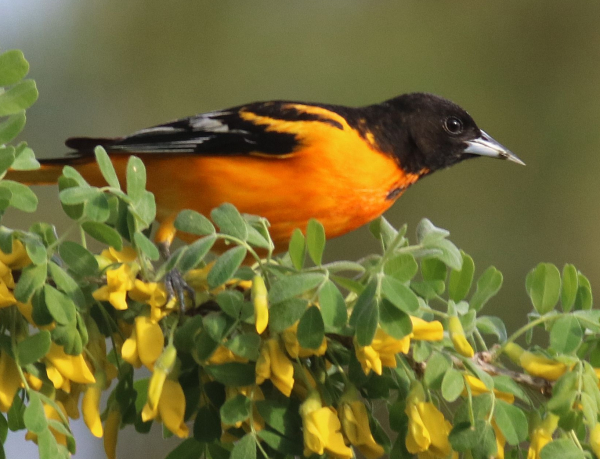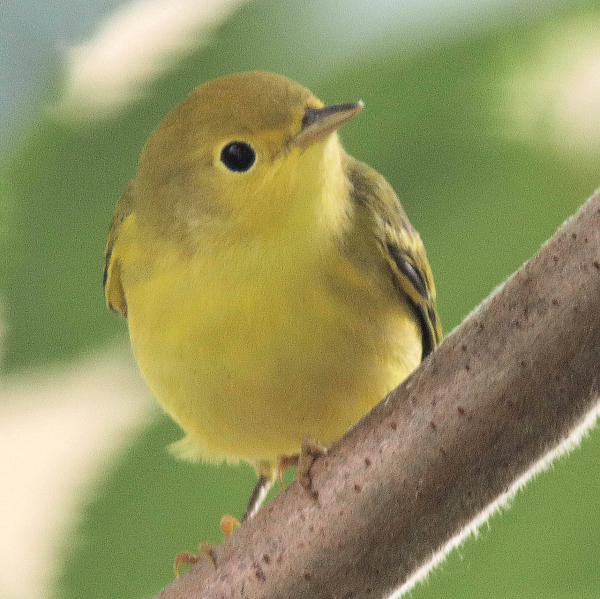Bird Feathers
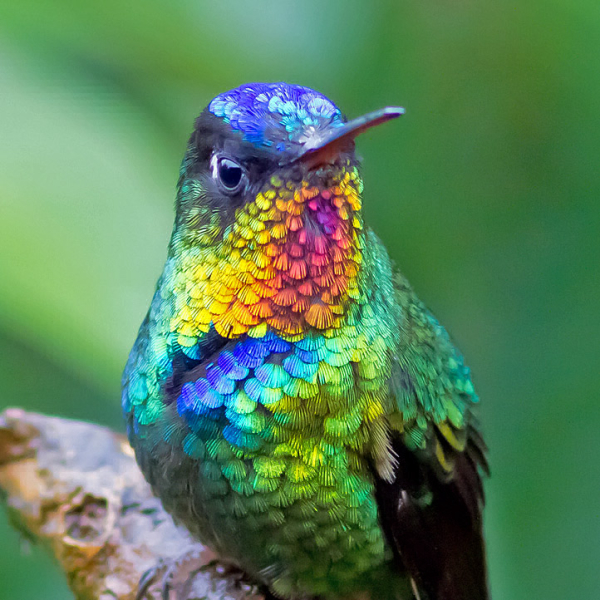
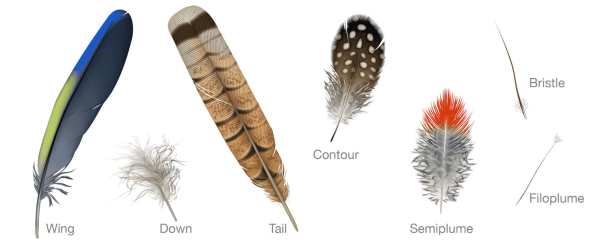
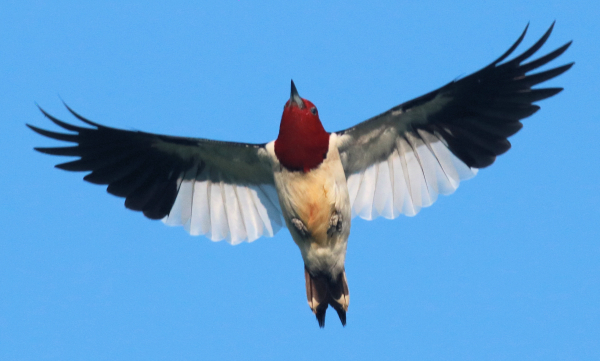
If you are like us, you’ve probably been finding feathers in your yard the past month or so, and we’re betting it’s made you more curious about feathers. You’ve probably also seen some birds with missing feathers – tail feathers are often most obvious, wing feathers too. So much of what makes birds attractive to us is connected to their feathers. Feather colors and shapes catch our attention, and allow us to identify different species, sexes, and ages of birds.
Birds’ ability to fly captures everyone’s attention, and feathers help birds withstand a variety of weather and water conditions, which makes feathers an important part of the maintenance of birds’ physiology. With that in mind, we thought it would be interesting to share an introduction to the topic of feathers and molting, with a more expansive lesson link available for you to study more about feathers any time you wish.
Now, the Bird Academy’s “feather lesson” is expansive and Free, provided online to include information you can download along with a variety of videos to help visualize the diversity of information provided. Here, we provide a sampling of information that should whet your interest in learning more about feathers, plumage, and molting – so important to the life and survival of birds.
– Each feather on a bird’s body is a finely tuned structure that serves an important role in the bird’s activities. Feathers rarely act independently, usually overlap, and work together in a variety of ways that allow birds to fly, keep warm, keep dry, help them communicate, and often help them blend in with their surroundings.
– There are 7 types of feathers:
The first 4 are most commonly known – wing feathers, tail feathers, contour feathers, and down feathers. Semiplumes are also obvious feathers that you would be familiar with, while filoplumes and bristles are smaller, less obvious feathers.
– The diversity of feathers comes from the evolution of small modifications to the basic branching structures that serve different functions.
– Although feathers come in an incredible diversity of forms, they are all composed of the protein beta-keratin. They are made up of the same basic parts, arranged in a branching structure.
– The primary and secondary wing feathers are most important for bird flight. Unlike other feathers, these long strong feathers are anchored to bone with strong ligaments so they can withstand the demands of flying and be precisely positioned for basic and more impressive flight maneuvers.
– Primary wing feathers are the longest flight feathers, positioned on the outer half of the wing. Primaries can be controlled and rotated like rigid fingers, and they produce most of a bird’s forward thrust.
– Secondary wing feathers, positioned on the wing between the primaries and the body, cannot be controlled as extensively as the primaries, but they provide most of the lift by overlapping to form an efficient airfoil.
– Tail feathers are also classified as flight feathers. They are essential for steering and balance in flight, but only the 2 most central feathers are attached to bone via ligaments.
– Feathers are not live structures, so they cannot repair themselves when damaged. However, birds can grow new feathers when feathers are accidentally lost.
– Because healthy and functional plumage is critical to their survival, birds periodically molt their old feathers and grow a new set of plumage.
– Molting is carefully timed and sequenced, during which feathers are molted and regenerated in turn over a period of weeks so the bird can maintain its protective outer layer of plumage, and in most cases, to retain the ability to fly.
– Some birds, most notably waterfowl – ducks, geese, and swans – molt all their flight feathers at once, making them flightless for a few weeks after the nesting season.
– Annual molt schedules vary among species and families of birds: Some molt annually, some molt twice per year, and some have more unique molt schedules.
– When the new set of feathers has matured, a molt is complete. Thereafter, new feathers are only replaced when feathers are accidentally lost before the next molt cycle.
You can learn much more about bird feathers, including feather anatomy, form, function, and development. The Cornell Lab of Ornithology’s Bird Academy provides this Free online “feather lesson,” which is so expansive that we can only touch on the topics covered in detail at Everything You Need To Know About Feathers | Bird Academy • The Cornell Lab (allaboutbirds.org)


